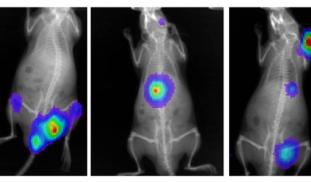Please wait...
About This Project
BBRI and Los Angeles VA Medical Center
Multiple myeloma (MM) is a cancer of the bone marrow made up of plasma cells (a type of antibody-producing white blood cells). Low oxygen levels (called hypoxia) in the bone marrow increases gene expression in MM tumor cells as part of an adaptive survival response. We are targeting this hypoxic response with an experimental drug that blocks expression of these genes to ask if this molecule kills MM in the bone marrow. This is a novel approach to treat MM, an incurable disease.
More Lab Notes From This Project

Browse Other Projects on Experiment
Related Projects
Toward ethical and affordable antivenom solutions: Can anti-toxin be animal cruelty-free?
Snakebite envenoming causes over 100,000 deaths annually, yet current antivenoms depend on animal plasma...
Microplastics: Can engineered enzymes remove microplastics from the human body?
Polyethylene terephthalate (PET) microplastics have been detected in human blood and tissues, and linked...
Shutting down cancer’s recycling system with exosome-based therapy
Pancreatic cancer is one of the deadliest cancers because its cells survive by recycling their own components...





